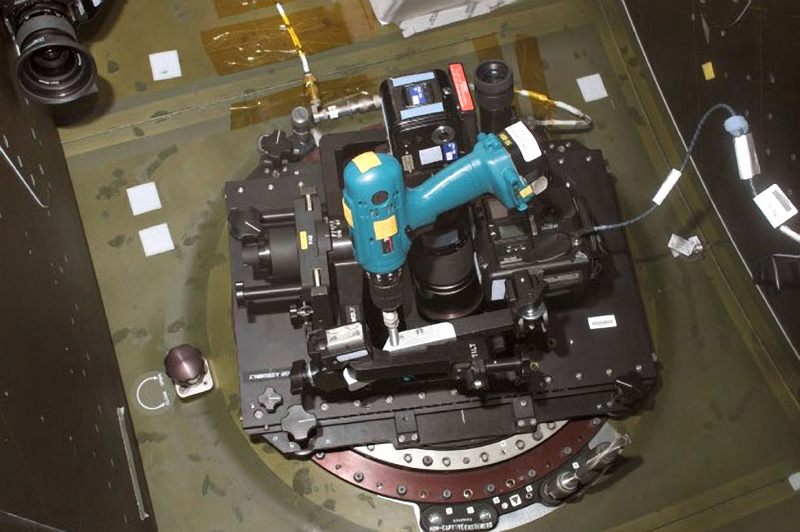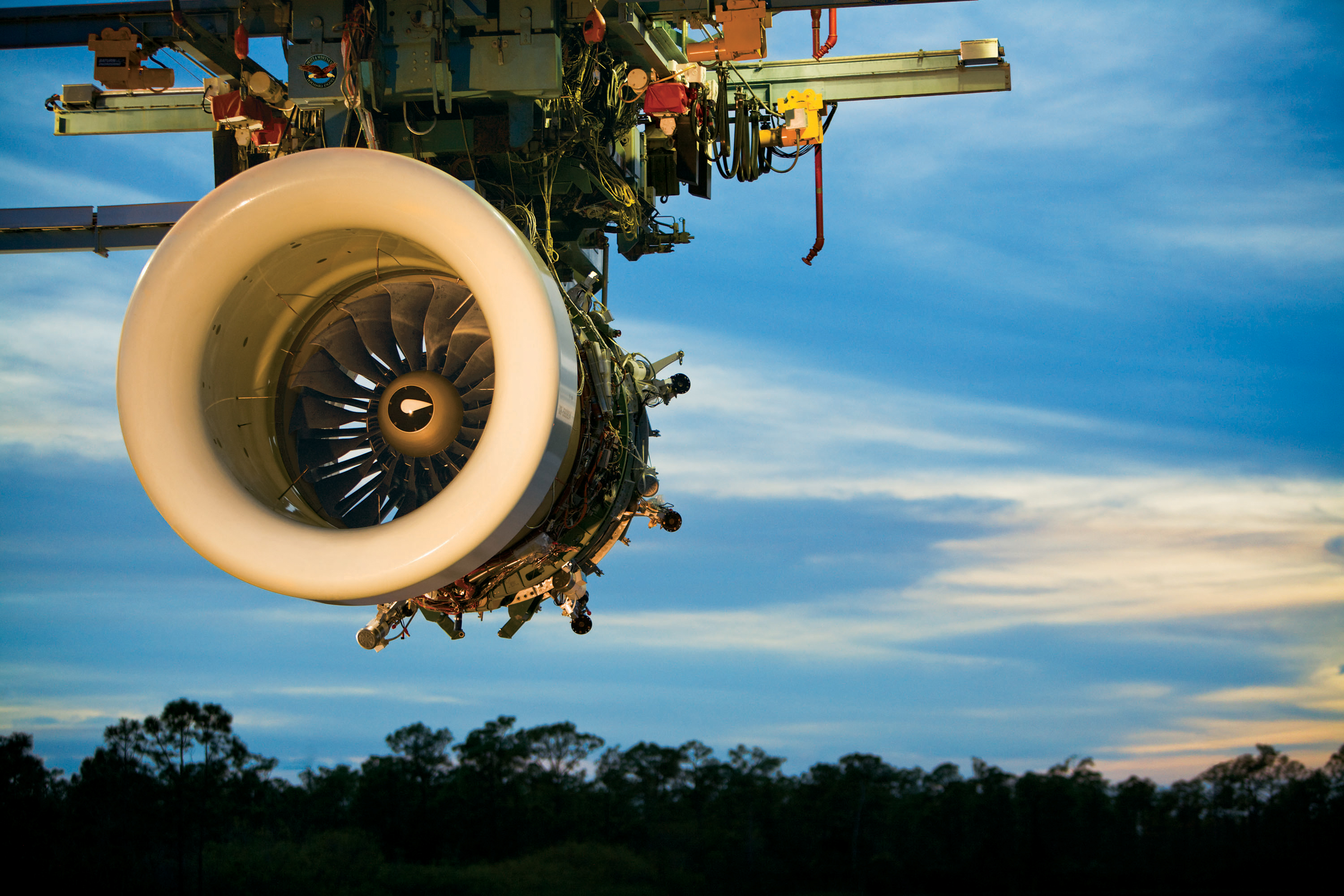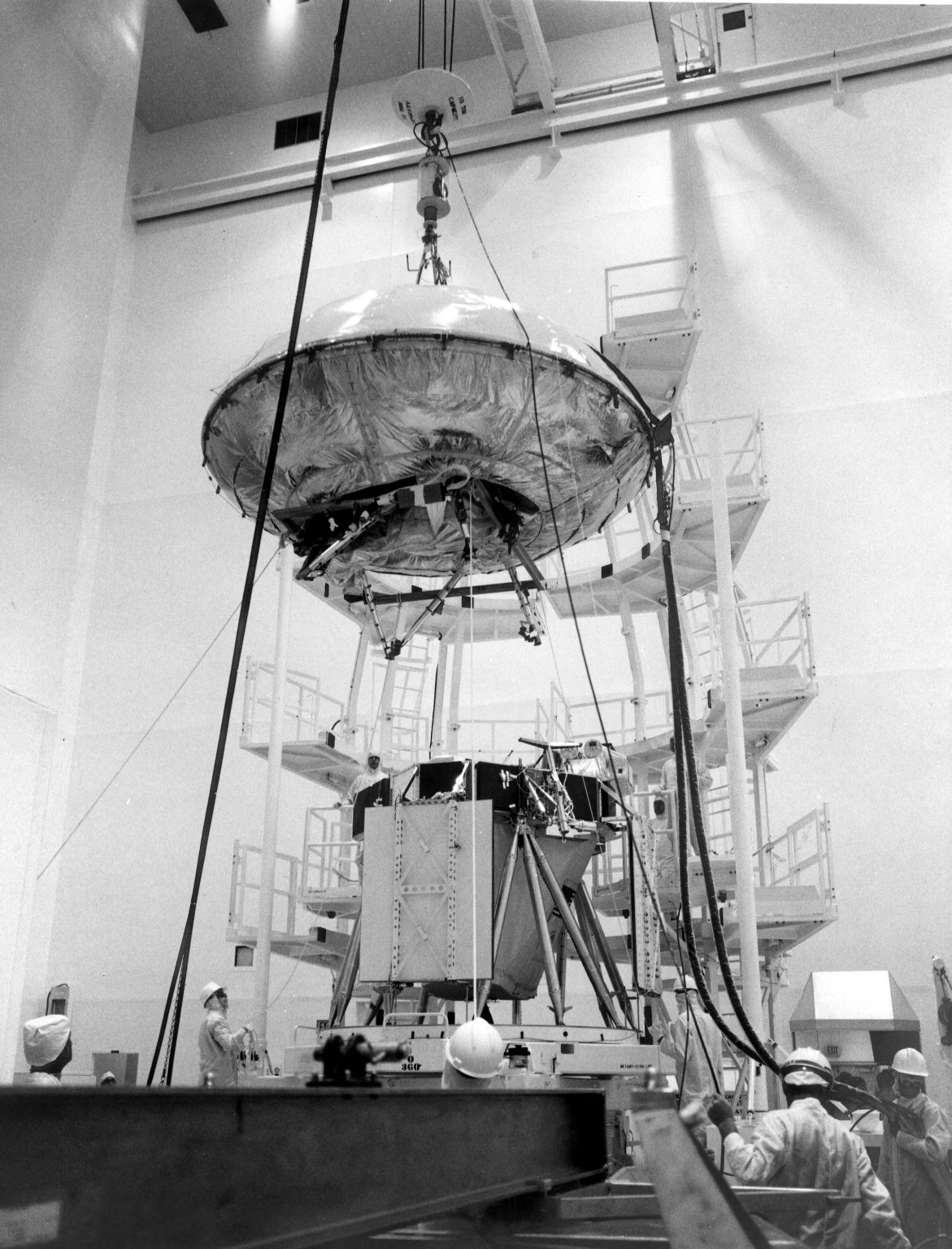By Kerry Ellis
NASA is working with other agencies to prepare for ever-increasing air traffic.
 There’s one word travelers never want to hear when checking in for their flights: delayed. “Delayed” can cause frequent flyers to clench their suitcase handles that much tighter, because it can lead to the even more treacherous “canceled.” Air travel delays are common these days, but we might have it better than we realize. The Federal Aviation Administration (FAA) has forecast that airspace operations could triple in the next two decades. If delays are bad now, how much worse will they be in 2025? Maybe not at all, if NASA succeeds in helping the Interagency Joint Planning Development Office (JPDO) prepare for the Next Generation (NextGen) Air Transportation System.
There’s one word travelers never want to hear when checking in for their flights: delayed. “Delayed” can cause frequent flyers to clench their suitcase handles that much tighter, because it can lead to the even more treacherous “canceled.” Air travel delays are common these days, but we might have it better than we realize. The Federal Aviation Administration (FAA) has forecast that airspace operations could triple in the next two decades. If delays are bad now, how much worse will they be in 2025? Maybe not at all, if NASA succeeds in helping the Interagency Joint Planning Development Office (JPDO) prepare for the Next Generation (NextGen) Air Transportation System.
After the JPDO defined more than one hundred research objectives that would help handle increased airspace operations, NASA’s Aeronautics Research Mission Directorate identified areas where the agency’s expertise and facilities could contribute. NASA is working alongside the FAA, Department of Transportation, Department of Defense, Department of Homeland Security, Department of Commerce, the White House Office of Science and Technology Policy, and the Office of the Director of National Intelligence to prepare the airspace transportation system for the anticipated future demands.
One of the research activities NASA is heading is the NextGen Concepts and Technology Development (previously known as NextGen Airspace), which is looking into how, when, and to what extent automation can be applied to moving aircraft within the national airspace. Currently, the system relies on manual monitoring, with air traffic controllers on the ground analyzing displays and directing pilots to make flight-path adjustments through radio systems. According to NASA’s NextGen Plan, human controllers’ cognitive ability limits their capability to handle more than about fifteen aircraft. Ames Research Center and Langley Research Center are working together and with industry and university researchers to develop, test, and demonstrate techniques and technologies that will introduce some automation to areas such as trajectory prediction, traffic flow management, and separation assurance in an effort to increase this capacity as well as reduce the time it takes to safely move aircraft through the system.
Managing a research effort this large and long-running comes with unique challenges. Setting milestones, determining and reducing risks, and tracking progress entail different approaches than NASA projects that have a predetermined launch window or require building a physical piece of hardware that can be handed off after completion.
Managing Research
Because the researchers are not collocated, communication includes daily phone calls, face-to-face meetings weekly and sometimes daily, and annual technical-interchange meetings.
Instead of a launch project’s satellite or rover, NASA research projects may deliver an algorithm, a user interface or display, or software. Even thinking in terms of an “end product” can be deceptive, as a resulting bit of software can always be changed or updated. “No researcher ever thinks their work is done. Period,” said Harry Swenson, who was the principal investigator for NextGen until 2008.
“That causes its own problems when trying to obtain progress reports on milestones,” explained Mike Landis, who was the project manager for NextGen until his retirement in January 2010.
“You put out milestones and markers and ask someone to report, and they say, I’m not done yet,'” Swenson said. “What you’re reporting on in research is progress. But researchers think if they report on it, it’s done, and it isn’t done. I’ve learned from project management principles that sometimes good enough is good enough. And that’s a continuous challenge in project management of research and development activities,” he added. It takes convincing to assure those conducting the research that delivering a status report does not mean what they’re working on is finished.
Managing the cost for research projects can also present challenges. Ensuring that people are available in time for testing new displays, for example, can pose a risk to the timeline that then impacts the budget. Instead of worrying about pieces of hardware fitting together and operating correctly—an inflexible requirement—project managers of research efforts have more flexibility in moving resources around to avoid risk, and the ultimate result can be different from the original plan.
“If we see that our hypothesis is not going to give us the data that we need, and the simulation proves that our hypothesis, in fact, was not correct, that’s just part of the process,” explained Landis. “That doesn’t mean that we failed; it means that we just need to look at a different way of creating a display, or a different procedure that is less labor intensive for a flight crew or an air traffic controller. With the research work that we’re doing, we have more flexibility in our milestone schedule, among other things,” he said.
“There are risks and trades you have to make, but there aren’t as many hard schedule items,” added Swenson. “A lot of the work you’re doing is breaking down the barriers of knowledge in a continuous fashion.”

The human interaction element is more dynamic in research, as the way data is input or displayed is determined by how well people can understand and use the resulting interface. Introducing more automation into air traffic management does not eliminate human flight controllers from the system, so ensuring that people can successfully use and adapt to new displays and ways of inputting data is crucial.
“What’s the best way to ensure that you capture input from the users who are going to use a particular display in air traffic control? They have to understand what the objective is of a particular display that they’re going to see on their console, or a procedure that they are going to use in concert with the procedure that a flight crew is going to use,” said Landis. While research goals can be more flexible, milestones are still set and worked toward. For example, if a research goal is to improve the merging and spacing of aircraft during final approach to an airport, one milestone might be to perform final-approach simulations with active pilots and controllers in 2011.
But to achieve that milestone, the scenarios for the simulation need to be developed well ahead of time. Part of the project manager’s role is ensuring the scenario development work begins early enough, which could be years in advance.
There’s still a risk that trained pilots and controllers will be unavailable on planned testing days. “They may not be available,” explained Landis, “so we may need to use retired controllers, and that reduces the level of fidelity and reliability because the retired controller may not have managed or done air traffic controlling for four or five years.” Risk mitigation, in this case, could include slipping the milestone a few months until FAA controllers are available, or reducing the technology requirement level of that milestone because the input won’t be from an active controller.
… a research project like NextGen must continually adapt to essential elements not under its control, like changes in flight-controller display hardware and the work schedules of active FAA flight controllers needed to test equipment.
“There’s just more flexibility in this type of research than, say, NASA needing a satellite that will orbit Mars for two years and then release a probe that will land on the Martian surface and collect a sample and analyze it, then through telemetry send data back up to the orbiting satellite, which in turn will then send the data down to the station at Johnson Space Center, or Goddard,” said Landis. “For that, you’ve got very rigid specs that you have to follow. You’ve got a very structured and rigid schedule. Fortunately, we don’t have to worry about that.” For all their complexity, NASA flight projects at least have the clear goal of producing hardware for a specific purpose. Research projects are more amorphous. And a research project like NextGen must continually adapt to essential elements not under its control, like changes in flight-controller display hardware and the work schedules of active FAA flight controllers needed to test equipment.
Sharing What’s Learned
With efforts such as NextGen taking five, ten, or fifteen years, constant communication among everyone involved—including repeatedly defending a proof of concept to stakeholders—is crucial. According to Landis, “Real estate agents talk about location, location, location. From a project manager’s perspective, it’s communicate, communicate, communicate. It’s not just sending an e-mail out, it’s sitting down with the line management and researchers, understanding their requirements, and ensuring they have the resources they need to execute our plan.” Because the researchers are not collocated, communication includes daily phone calls, face-to- face meetings weekly and sometimes daily, and annual technical-interchange meetings.
“At our most recent technical-interchange meeting, we had roughly 250 people in attendance and about eighty research papers presented on around twenty themes,” said Landis. The research and understanding gained by these efforts doesn’t end at an internal meeting.
NASA has a responsibility, determined by the Space Act of 1958, to disseminate information about its activities and any associated results. The NextGen project takes this to heart, publishing research papers, technical reports, and peer-reviewed journal articles. Researchers from the project also present what they’ve learned at forums, such as those hosted by the American Institute of Aeronautics and Astronautics.
“Knowledge dissemination is one of our number-one requirements,” said Landis. “The past three years, we’ve published more than one hundred research papers on average annually, and we publish a CD with those reports at the end of each year.” The project is also in the process of creating a Web site to make the reports more readily available to the public.
With so much information about NASA research available, it might be tough to imagine how any of it makes the transition from pure research to something that’s deployed on a national level. “The hard part, as a researcher or scientist,” said Swenson, “is going from trying to figure out principles to helping develop a product. It’s a big transition. Your basic mathematical ideas have now turned into software, that software turns into an interface, and it takes in data. You assume one thing of the data, and it changes, so you have to redesign, implement, and deploy while adding other ‘ilities’: maintainability, survivability; the functions that make it easy to maintain long after the researcher has left.” Flexibility and adaptability are among those functions,
allowing different stakeholders to implement the same research in different ways. The possibilities of what NASA’s research can do for the future of aeronautics seem nearly endless because one piece of research can be adapted to several different environments. It’s up to the stakeholders to determine how they’d like to use and implement it, or change it to fit their needs.
“We work with our stakeholders and we show them these great things, and they say, can I have two?” said Swenson. “That’s often a challenge for those of us who are in research. Communicating that our real product is the generation of knowledge and reducing technological risks through research results and technical papers is key so major system developers can actually implement these concepts, ideas, algorithms, software, or technology in the real system. But still the pressure is there that unless it is actually operating in the air traffic control system or on a fleet of commercial aircraft that you are not successful.”
NASA has been very successful in its research, and the agency has helped implement its research into stakeholders’ systems. It takes time to transition from a well-tested idea to a fully deployable product, which is why the NextGen project is already under way. To be ready to contribute to the NextGen Air Transportation System in 2025, a lot needs to be accomplished now so the ideas can evolve and be embodied in technology and practice.
“This work is something that just about anyone can relate to. Anyone that’s ever gotten on a flight from Dulles to San Francisco, or flown out on vacation or work, you’ve probably experienced flight delays,” said Landis. “You can relate to what we’re doing and the problems that we’re trying to solve. And it’s very human-focused because you’ve got air traffic controllers that safely manage aircraft, you’ve got flight crews that safely fly aircraft, you’ve got people and cargo flying on these airplanes, and just about anyone can relate to what we are doing. Obviously it’s a challenge, but it’s very rewarding work.”
More Articles by Kerry Ellis
- Science from the Sky (ASK 36)
- Innovating to Fly in Cleaner Skies (ASK 35)
- SOFIA: Getting Airborne (ASK 33)
- Mars Express: Global Collaboration (ASK 33)
- Leadership, Teamwork, and Focus: Viking’s Landing on Mars (ASK 32)
- + View More Articles









